This
post was originally published on
this siteOriginally Posted At: https://breakingmuscle.com/feed/rss
Whether you’re trying to gain muscle for a bodybuilding competition or aiming to lose weight to live a healthier lifestyle, the best meal replacement shakes could be a convenient and nutritious option. When it comes to food, it usually feels like you have to choose one or the other, as most convenient choices aren’t healthy and most healthy ones require a lot of preparation. But meal replacement shakes are busy, health-conscious individuals’ dreams, since they’re chock full of nutrients and super easy to make. Heck, they might even be more affordable than going to a fast food restaurant.
As a public health professional and writer, I’ve researched and written hundreds of articles on supplements and nutrition. Since 2015, I’ve used my writing to educate individuals about health and wellness best practices, as I realize that many of us just don’t know what to look for.
Therefore, in this roundup, we’ll share what we consider the 10 top meal replacement shakes across different categories. Plus, we’ll share some tips you’ll want to think about before you make your purchase.
Medical disclaimer: This article is intended for educational and informational purposes only. It is not intended as a substitute for medical advice. For health advice, contact a licensed healthcare provider.
How We Chose the Best Meal Replacement Shakes
The Breaking Muscle team members aren’t strangers to supplements. From dozens of pre-workout mixes to protein powders to popular creatine supplements, we’ve become familiar with what supplements are worth the money and which ones are better to skip. In our hunt to select the best meal replacement shakes, we knew what to look for.
We based our initial list based on what some of our team and their fitness network raved about. We then hit the internet to see which options stood out based on customer reviews and in-depth research. Once we reviewed a few from there, we began weeding out any item that didn’t meet our criteria, such as having high-quality protein, carb, and fat sources, low sugar content, and more. The products that made our list checked all of these boxes.
Our Top Picks for the Best Meal Replacement Shakes
Best Meal Replacement Shake Overall: Transparent Labs Mass Gainer
Transparent Labs Mass Gainer
4.5
- Number of servings: 15
- Price per serving: $5.33
- Calories per serving: 730 to 750
- Protein per serving: 51 to 53 grams
- Fat per serving: 13 to 14 grams
- Carbohydrates per serving: 106 to 110 grams
Check Price
Pros
- Natural ingredients
- Third-party tested
- Excellent taste
- Dissolves well
Cons
- Pricey
- Not for vegans or those with a tree nut allergy
Want to know what’s annoying? Looking for meal replacement options and coming across the words “proprietary blend” on the ingredients list. When trying to find something that can help you meet your nutritional needs, you want to know exactly what ingredients you’re getting and how much is in a serving.
In addition, you want to feel confident that the ingredients you consume are clean and free of GMOs, artificial sweeteners, gluten (if you have celiac disease or gluten intolerance), and more. While this is rare, one product that checks all of those boxes is Transparent Labs Mass Gainer. It’s not only our top pick for the best meal replacement shake overall but also made our list of the best mass gainers.
If you’re trying to gain weight and/or build muscle, you’ll need to consume more calories, and Mass Gainer doesn’t have a shortage of them. This product contains approximately 750 calories per serving and has an abundant supply of carbohydrates (106 to 110 grams), protein (51 to 52 grams), and fat (13 to 14 grams).
It also has minerals like calcium and iron, so you’re getting what’s considered a complete meal. Calcium helps to preserve muscle mass, and iron is needed to store oxygen in muscle tissue, making this a solid meal replacement. (1) The three grams of creatine is the cherry on top, as this supplement may increase lean muscle mass and exercise capacity. (2) Plus, three to five grams of creatine is the recommended dose per day. (3)
In order to provide you with these nutrients, Mass Gainer uses natural ingredients, like organic tapioca maltodextrin and grass-fed whey protein concentrate. According to their third-party tester, Elite Manufacturing and Packaging, 50.8 percent of their formula is tapioca maltodextrin. A 2022 study found that tapioca maltodextrin not only digests well but may also reduce HbA1C levels in prediabetic individuals and normoglycemic participants (i.e., those with a normal concentration of glucose in the blood). (4) For clarity, HbA1C refers to glycated hemoglobin, which is created when the sugar in your body attaches to your blood cells.
More than 31 percent of their formula comprises grass-fed whey protein concentrate, which also has benefits. One study established that 25 grams of whey protein maximizes protein synthesis and may support muscle hypertrophy with consistent resistance training. There’s more than double that amount of protein here, so seeing gains doesn’t sound too far-fetched. One buyer even said, “I have taken the Mass Gainer for about three weeks and have gained roughly 3 pounds.”
But, what if you’re not trying to bulk up? Could this still be a practical choice for you? The short answer is yes. Mass gainers like Transparent Labs Mass Gainer are a good source of macronutrients. The protein and carbs can make you feel full and help you avoid those unhealthy snacks that seem to call your name when you’re hungry. However, I’d recommend consuming a smaller serving if you’re not trying to gain weight.
There are two flavors of Mass Gainer, and based on customer reviews, both seem to taste pretty good. One of our Breaking Muscle team members tested the Chocolate Glaze Donut flavor and said it really tastes like a donut. She also noted that it dissolved well, which is a plus. Just add two scoops (equal to one serving) to 16 ounces of milk and drink up.
However, do note that this pure product isn’t cheap. One 15-serving container costs $79.99, which isn’t cheap. At $5.33 per serving, this is easily one of the more expensive meal replacement shakes on this list. Still, it’s cheaper than many fast food options. It’s dietitian-recommended and good enough for athletes based on its Informed Choice certification. These qualities are precisely why we consider this to be the best meal replacement shake overall.
Best Meal Replacement Shake for Weight Loss: PhenQ Complete Meal Shake
PhenQ Complete Meal Shake
3.5
- Type of protein: Whey protein concentrate
- Cost per serving: $2.99
- Calories per serving: 180 to 190
- Protein per serving: 16 to 17 grams
- Flavors: Chocolate, Strawberry & Cream, Vanilla
Check Now
Pros
- Includes 13 vitamins
- Vegetarian-friendly
- Three flavors
- 60-day money-back guarantee
Cons
- Only available online
- Few product reviews
While meal prepping can help you be more successful with weight loss, it’s difficult for those with multiple obligations to consistently do so. It can easily take several hours to make a week’s worth of low-calorie meals, so what are you supposed to do if that’s not feasible for you? Well, this is where the PhenQ Complete Meal Shake comes into play. It’s only 190 calories but still provides 13 vitamins and 16 grams of whey protein concentrate. With a lower calorie count than some others on this list, it could be an attractive option for those wanting to lose weight.
Micronutrients like Vitamins A, B12, C, D, and E, as well as pantothenic acid and thiamin, can help with the growth and development of our muscles and turn food into fuel. Even further, a lack of some of those vitamins, like B12, is associated with obesity. It’s critical to get enough of these nutrients if you want to maintain a healthy weight. (5)
PhenQ also includes Digezyme, a multi-enzyme complex, in their formulation. These digestive enzymes (amylase, protease, cellulase, lactase, and lipase) help break down lipids, carbohydrates, and protein so you can adequately absorb the included nutrients. (6) Carb10, a carbohydrate source derived from pea starch, further helps with digestion without spiking your blood sugar level.
Other beneficial ingredients, like gluten-free oat flour and flaxseed powder, further make PhenQ an excellent choice for those trying to lose weight. Oats, in general, increase satiety-related hormones, potentially making you want to eat less. Flaxseed is associated with weight reduction in overweight and obese individuals. (7)(8)
The PhenQ Complete Meal Shake has a lot going for it, but like all things, it will not check everyone’s boxes. For instance, while it’s suitable for vegetarians, the addition of milk makes it a no-go for vegans or those with lactose intolerance.
In addition, it’s difficult to find actual customer reviews on their product, which could be a turn-off for potential consumers. PhenQ offers a 60-day money-back guarantee if you’re unhappy with your results. However, a refund is only issued if you return an unused package. Therefore, if you purchase all three flavors, you may have to think twice about opening each one.
One package costs about $20.95 and only contains seven servings, making it about $2.99 per meal. You’d need at least four packages to get almost a month’s worth, so you must plan accordingly. To drink, you just need to mix one to two scoops of PhenQ Meal Shake with eight or 16 ounces of water or dairy-free, unsweetened milk. However, keep in mind that one scoop equals one serving, so if you double it up, is it still considered a good meal replacement option?
Overall, the PhenQ Complete Meal Shake is a solid choice for those looking for a nutrient-rich option with natural ingredients. Far too many meal replacement options are empty-calorie foods, meaning they’re high in calories and likely consist of added sugars and saturated fats. As one study confirmed, these things may be associated with obesity, which is precisely what one wants to avoid with a meal replacement shake for weight loss. (9)
Best Tasting Meal Replacement Shake: Soylent Ready-to-Drink Meal
Soylent Meal Replacement Shake
3.5
- Number of servings: 12 bottles
- Cost per serving: $4.00 to $4.17
- Nutrition info: 400 calories, 24 grams of fat, 20 grams of protein, 36 to 38 of carbohydrates, and one gram of sugar
- Flavors: Banana, Cafe Mocha, Creamy Chocolate, Mint Chocolate, Strawberry, and Vanilla
Check Price
Pros
- Tasty
- Offered in multiple flavors
- Chock full of vitamins and minerals
- Vegan-friendly
- No prep required
Cons
- Not for those with soy allergy
- May cause constipation because it lacks insoluble fiber
For those who just don’t want to deal with powder mixes, consider Soylent’s Ready-To-Drink Meal. I recently learned about this shake from a family member who is using it to lose weight. One of the things they raved about was how good these shakes tasted. If you’ve tried a meal replacement shake, you’re already aware that it can be a hit or miss, so it’s nice when you find one worth buying again. However, is this tasty choice also a nutritious one?
One serving of Soylent’s Ready-To-Drink Meal packs about 400 calories but, surprisingly, only has one gram of sugar and no artificial sweeteners. It also contains 28 vitamins and minerals, like iron, magnesium, vitamin D, calcium, and zinc. Nutrients like magnesium aid with regulating muscle function and making protein. Even calcium and vitamin D3 supplementation has been associated with lower body weight and better metabolic health, so it’s critical that we get enough of these. (10)
Soylent also provides about 38 grams of carbs, primarily from allulose. Allulose is a slow-burning carb that may reduce the availability of glucose in the blood. (11) In other words, it doesn’t spike blood sugar levels, meaning it could be a good choice even for those with diabetes. Sporadic spikes and dips of glucose can cause fatigue, so this should keep your energy levels stable for longer periods. However, always check with your doctor first to confirm.
The 20 grams of protein in Soylent drinks comes from soy isolate. It’s vegan-friendly and includes all nine essential amino acids. A 2013 study on soy isolate found that post-menopausal women who consumed that, along with doing resistance exercises, noticed improved bone and muscle strength. (12)
Forty-seven percent of Soylent’s total calories come from fat, but there’s a reason for that. Fat metabolizes slower than carbs, which can help you stay full for longer. (13) Soylent uses high oleic sunflower oil (omega 9 fatty acid), and diets rich in this type of fat may help prevent heart disease. (14)
Many people taking Soylent mention that they notice a boost of energy, especially if they used to follow a crappy diet. Poor nutrition and inadequate calorie intake can lead to fatigue, so the boost of calories and energy-improving nutrients in this shake may be a game-changer for some. These grab-and-go drinks are $50.00 and come in a pack of 12. There are six flavors, so you shouldn’t get bored anytime soon.
RELATED: Best Tasting Protein Powder
Best Meal Replacement Shake for Women: Ritual Daily Shake
Ritual Essential Protein Powder
4.4
- Protein type: Pea protein
- Number of servings: 15
- Cost per serving: $2.66
- Calories per serving: 115
- Protein per serving: 20 grams
- Flavors: Vanilla
- Third-party tested: Yes
Check Price
Pros
- Traceable ingredients
- 30-day moneyback guarantee
- Third-party tested
- Vegan-friendly
- GMO-free, gluten-free, sugar-free
Cons
- Doesn’t always dissolve well
- Only one flavor option
- Pricey
Ritual’s Essential Protein is easily one of the best protein shakes for vegans on the market. Each ingredient is traceable, meaning you’ll know exactly where it comes from. For health-conscious individuals, this is a big deal because not many companies offer this level of transparency.
In addition, it’s third-party tested and holds Informed Protein and Informed Sport certifications. For extra measure, Ritual tests each lot of protein for heavy metals, microbes, and banned substances. This level of testing is important for everyone, but it’s especially crucial for women who have hormones that may interact with some types of proteins.
For example, soy protein and isoflavones may negatively affect reproductive and thyroid hormones, especially estrogen. (15) Although several studies show soy is okay to consume, its safety remains questionable.
Instead of soy, Ritual includes 20 grams of organic pea protein per serving in their formulation. This type of plant-based protein is a good substitute for soy and animal products. In fact, one study found that pea protein supplementation (along with following a 12-week resistance training program) increased bicep muscle thickness to the same degree as an equivalent amount of whey protein. (16)
Pea protein also provides a complete amino acid profile. There are eight grams of essential amino acids and four grams of branched-chain amino acids in each serving of the Ritual Daily Shake.
Essential amino acids, like l-methionine, are not naturally created by mammals, so we have to get them through our diet. (17) As the building blocks of protein, our body simply couldn’t properly function without them. Branched-chain amino acids are necessary, too, and may help with muscle growth and soreness following exercise. (18) Deficiencies in either could cause hormonal imbalances, muscle issues, edema, and more. (17)
This daily shake only comes in a Handcrafted Vanilla flavor. The vanilla comes from vanilla bean extract harvested in Madagascar. Reb-M (a compound made from fermented sugar cane), and monk fruit are also added to give it a sweet taste, but it’s still completely sugar-free. While it might sound bizarre that something from sugar cane is considered sugar-free, the fermentation process removes the sugar content while retaining its sweetness.
One bag of Ritual Daily Shake is around $40 and contains 15 servings, so expect to spend about $80 if you want one month’s worth. While expensive, it’s vegan-friendly, GMO-free, gluten-free, and has no artificial flavors. Just add one scoop of protein powder to a cold liquid, shake it, and drink up.
Do note that it doesn’t dissolve the best, so consider mixing it with a blender. In addition, compared to others on this list, this is a low-calorie option and thus may not make you feel as full.
Best Meal Replacement Shake for Men: Kaged Clean Meal
Kaged Clean Meal Protein Shake
4.3
- Number of servings: 13 to 20, depending on how many scoops you take
- Cost per serving: $1.95 to $3.88
- Calories per serving: 240 to 360
- Protein per serving: 28 to 42 grams
- Flavors: Chocolate Peanut Butter, Snickerdoodle, Vanilla Cake
- Third-party tested: Informed Sport
Check Price
Pros
- ioWhey
 technology
technology
- Third-party tested
- Zinc helps with testosterone production
Cons
- Contains sucralose
- Too sweet for some
- May cause GI issues
Guys looking for a whole-food meal replacement should look into Kaged Clean Meal. It’s made with great ingredients like whey protein isolate, organic quinoa, Swedish oats, coconut oil, and loads of nutrients from fruits and veggies. Plus, it’s non-GMO, gluten-free, third-party tested, and has the Informed Sport certification. For men, it’s one of the best meal replacement shakes on the market.
Research shows that men are more likely than women to have a vitamin D deficiency. Such a deficiency can cause muscle weakness, bone pain, and more. (19) Fortunately, the Kaged Clean Meal provides 25 percent of the daily value, which is a nice boost for someone not getting balanced meals.
Zinc is another mineral that’s important for men’s health. One study found that 30 milligrams of zinc daily increases levels of free testosterone, a hormone that positively influences muscular development. (20) Like vitamin D, this too meets 25 percent of the daily value.
RELATED: Best Testosterone Boosters
Even the inclusion of coconut oil is beneficial to men, as it has been shown to possibly increase fat-free mass, enhance plasma HDL cholesterol, and improve insulin sensitivity. (21) High HDL cholesterol levels are strongly associated with a reduced risk of heart attacks, which are twice as likely in men than in women. (22)
Those are just a few examples of how the ingredients in this meal replacement product help men, but there are 21 vitamins and minerals in total. Its micronutrient profile stands out, as it provides 25 percent of the daily value in almost every essential vitamin and mineral the body requires.
As if that wasn’t enough, Kaged Clean Meal uses ioWhey Technology, a patented process that’s said to optimize whey protein isolate consumption. Standard whey protein is said to have a complex structure that can make it difficult for the body to absorb. However, ioWhey
Technology, a patented process that’s said to optimize whey protein isolate consumption. Standard whey protein is said to have a complex structure that can make it difficult for the body to absorb. However, ioWhey Protein is said to have a less complex structure that allows for greater bioavailability. On their website, Kaged claims ioWhey
Protein is said to have a less complex structure that allows for greater bioavailability. On their website, Kaged claims ioWhey Technology may improve amino acid absorption 123 percent better than regular whey protein. However, I haven’t come across any studies that back this claim up.
Technology may improve amino acid absorption 123 percent better than regular whey protein. However, I haven’t come across any studies that back this claim up.
Combined with the 6.5 grams of branch-chain amino acids per serving, that may have an anabolic effect on protein metabolism. According to one study, this means that following physical exercise, one might have an increased protein synthesis rate and a decreased protein degradation rate, even during rest. (23)
On Kaged’s website, you’ll find over 400 reviews and a 4.8 rating, so it appears that many people like it. One guy even said, “The life of a firefighter, father, husband. Crossfiter makes it tough to get all my meals! Not a problem anymore! Love clean meal!” There were three one-star reviews, but two of them simply never received their order. Unfortunately, it doesn’t look like the company publicly responded to these negative reviews to rectify the situation.
For around $49.99, you’d get about 20 servings. Kaged Clean Meal is available in three flavors: Chocolate Peanut Butter, Snickerdoodle, and Vanilla Cake. One serving equals two scoops that you can add to 10 to 12 ounces of cold water. Despite being reasonably nutritious, it’s not meant to replace all your meals since it has a slightly lower calorie count of 240 calories, compared with other meal replacement shakes that have 700 calories or more.
Overall, it’s a pretty good meal replacement shake, but it does contain a small amount of sucralose and may be too sweet for some. A few customers on Amazon even remarked that this supplement caused GI issues.
Best Meal Replacement Shake for Weight Gain: Crazy Nutrition Mass Gainer
Crazy Nutrition Mass Gainer
4.0
- Number of servings: 20
- Price per serving: $4.50
- Calories per serving: 488
- Protein per serving: 39 to 40 grams
- Fat per serving: 10 grams
- Carbohydrates per serving: 55 to 56 grams
Check Price
Pros
- Tastes good
- Black pepper and Digezyme help with digestion
- 60-day money-back guarantee
- Low in sugar
Cons
- Includes sucralose and lactose
- One serving requires four scoops
- Doesn’t appear third-party tested
- Expensive
Having a fast metabolism is all fun and dandy until you’re trying to gain weight. It can seem almost impossible, even if you eat a bunch of donuts and pizza to add calories. As tasty as these foods are, they lack the micronutrients you need to build muscle. Plus, they’ll leave you feeling super sluggish, and who wants to feel like that at the gym? Thankfully, a more efficient way to gain weight can be using Crazy Nutrition’s Mass Gainer.
This mass gainer formula uses whole-food sourced ingredients like oat flour, whey protein, and medium-chain triglycerides (MCT) oil. Oat flour is high in complex carbohydrates, which take longer to digest and, as a result, can make you feel fuller. However, our testers noted that the oat powder seemed to settle at the bottom of their drink, so they had to keep shaking it up before every sip. We’d recommend using a blender for the best results.
MCT oil is an easy-to-digest form of fat that can boost your energy. Some research even suggests that MCT oil may improve athletic performance. (24) In addition, a 2019 study found that bodybuilders using whey protein experienced weight gain and increased muscle mass. (25)
What I really like is that this meal replacement shake contains nutrients like magnesium, zinc, B6, and B12. However, I couldn’t confirm how much of each is in their formulation, which is a con. Nonetheless, B12 is associated with muscle development, and both B12 and B6 help with cellular energy production. (26)(27) The addition of magnesium is very useful, too, since this element can be depleted by physical exercise. (28) Supplementing it could be just what you need to get through an intense training session.
As good as all these nutrients are, it would mean nothing if you didn’t properly digest and absorb what you consumed. Therefore, like PhenQ, this product also uses Digezyme to improve absorption. You’ll also find black pepper on the ingredient list, which might seem random, but it may improve digestive capacity and reduce food transit time. (29)
This is a good pick if you’re looking for a mass gainer with a hefty amount of proteins and carbs that’s also low in sugar. Crazy Nutrition Mass Gainer is gluten-free, comes in two flavors that individuals like, and seems to help people achieve the results they’re looking for. One buyer said, “Been taking this a couple of months in combination with working out. Up from the low 140s to around 150 in two and a half months. It’s been an easy way to get in the extra calories I had been missing.”
Another thing that’s hefty about this product is its price tag. One 20-serving pouch costs $89.99, so this isn’t a good option if you’re on a budget.
You may also want to avoid this product if you’re trying to avoid artificial sweeteners like sucralose. Crazy Nutrition Mass Gainer also contains lactose and wouldn’t be ideal for those who are lactose intolerant. One of our testers who’s sensitive to lactose had an unsettled stomach after taking it. Our other tester, who doesn’t have any issues with lactose, didn’t report any negative effects. Ultimately, if you want to try it and see for yourself, there is a 60-day money-back guarantee.
RELATED: Best Bodybuilding Supplements
Best Vegan Meal Replacement Shake: Orgain Vegan Organic Nutrition Shake
Orgain Vegan Organic Nutrition Shake
4.2
- Type of protein: Organic pea protein, organic chia seeds
- Cost per serving: $3.00
- Calories per serving: 230 to 240
- Protein per serving: 16 grams
- Flavors: Smooth Chocolate, Vanilla Bean
Check Price
Pros
- Vegan-friendly
- USDA-Organic
- Premixed
Cons
- Includes added sugars
- Can sometimes have a clumpy consistency
If you follow a plant-based diet, getting the macronutrients and micronutrients you need can be challenging. Research shows that adults who follow a plant-based diet tend to lack certain essential nutrients, like vitamin B12, vitamin D, iron, zinc, iodine, and calcium. (30) So, what are you supposed to do? Ideally, it’s best to follow a balanced diet that’ll help you meet your dietary needs, but that’s way easier said than done. As a result, USDA-organic options like the Orgain Vegan Organic Nutrition Shake are convenient for busy folks who’d benefit from consuming an easy-to-take meal replacement shake.
Earlier this year, I searched for a healthy meal replacement option to drink in the morning or on the go. Even though I don’t follow a plant-based diet, I wanted a gluten-free and soy-free vegan protein source with a good supply of macronutrients and micronutrients. Therefore, when I came across the Orgain Vegan Organic Nutrition Shake, I was so excited to try it that I ordered a case of each flavor.
What I like is that one serving of this shake contains over 20 vitamins and minerals, 220 calories, and a decent helping of protein, fats, and carbs. They use many ingredients (particularly their own unique blends) to provide complete nutrition. For example, pea protein, chia seeds, kale, and even beets are on the ingredients list.
Although there are mixed reviews regarding chia seeds and weight management, one study found that consuming them can reduce weight and waist circumference. (31) Kale, a popular superfood, may help protect healthy cells, reduce inflammation, prevent tumors, and more.
Even a study on beets noted that this food provides huge health benefits, like eliminating oxidative stress, preventing DNA damage, and lowering blood lipids. (32) The betalins in beetroot have antioxidant and antitumor capabilities.
What I don’t particularly like about this vegan shake is that it has 10 grams of added sugars and only 16 grams of protein. In addition, in my experience, the Smooth Chocolate flavor wasn’t that smooth. Even after I shook it, some sips were clumpy, as if the mix hadn’t fully dissolved. While I enjoyed the taste, the texture occasionally bothered me, so I decided to stick with the Vanilla Bean flavor. Besides that, expect it to have a slightly thinner consistency than actual milkshakes.
I can honestly say these have helped me curb my craving for less healthy breakfast foods. Also, if I drink one of these in the morning, I usually don’t need anything else until lunchtime. But honestly, these are a bit pricey. A 12-serving box of this lactose-free shake will cost you $35.99, so if you want 30 days’ worth, you might spend over $100 per month. Yet, that’s still cheaper than how much you might buy grabbing a fast food meal every day over a 30-day period.
Best Meal Replacement Shake for Diabetes: 310 Nutrition Meal Replacement Shake
310 Nutrition Meal Replacement Shake
4.0
- Number of servings: 28
- Cost per serving: $1.44
- Nutrition info: 110 calories, two grams of fat, 15 grams of protein, seven grams of carbohydrates, and zero grams of sugar
- Flavors: Caramel Sundae, Chocolate, Chocolate Bliss, Cookies n’ Cream, Horchata, Mocha, Organic Chocolate, Pumpkin Spice, Salted Caramel, Strawberry, Tropical Coconut, Vanilla, Vanilla Crème
Check Price
Pros
- Affordable
- Low glycemic index
- Includes superfoods
- Several flavors
Cons
- May not be third-party tested
- Some say it’s too sweet
While meal replacement shakes can help with weight loss, those with diabetes have to be particularly wary of their carbs, as some can spike blood sugar levels. Thankfully, there’s a gluten-free, soy-free, and GMO-free option on Amazon that may be suitable.
The 310 Nutrition Meal Replacement Shake comes in powder form and has many flavors. It uses a blend of plant proteins (brown rice, pumpkin, and pea protein) that provides 15 grams per serving. While that’s less than some of the others on this list, it’s still powerful. For example, brown rice not only has a good amount of dietary fiber and unsaturated fats but also has low glycemic index properties and shouldn’t affect your blood sugar levels. (33)
Other ingredients in this meal replacement powder include turmeric, ginger, spirulina, MCT oil, and more. Studies show turmeric has antioxidant, anti-inflammatory, antibacterial, and anticancer properties. (34) Ginger, primarily known for helping with nausea, improves lipid profiles and glucose control. (35) Then there’s spirulina, a type of blue-green algae that a 2022 study shows may be able to increase exercise tolerance and oxygen uptake. (36)
With so many sweet flavors, like Salted Caramel and Vanilla Creme, you’d think this product had a ton of sugar. However, there are surprisingly zero grams in this drink mix. Most flavors use stevia and monk fruit as sweeteners, and based on many customer reviews, these shakes taste great.
What individuals might not particularly like about this product is its lack of micronutrients. The iron in here makes up 28 percent of the daily value, but the calcium (four percent of the daily value) and potassium (two percent of the daily value) are underwhelming. Consider another option if you’re looking for something that provides complete nutrition.
A 28-serving container of this organic plant powder is only $28.99, so it’s one of the more affordable choices on this list. Many comment that it’s also filling, which you might not automatically expect since it’s only 110 calories. The five grams of fiber likely helps with that.
Best Low-Carb Meal Replacement Shake: HLTH Code Complete Meal
HLTH Code Complete Meal Replacement
4.4
- Number of servings: 15
- Cost per serving: $3.99
- Nutrition info: 400 calories, 27 grams of fat, 27 grams of protein, 13 grams of carbohydrates, and two grams of sugar
- Flavors: Chocolate Macadamia and Creamy Vanilla
Check Price
Pros
- Nutrient-dense
- Keto-friendly
- Includes digestive enzyme blend
- Provides satiated feeling
Cons
- Many dislike the taste
- Includes potential allergens
What’s high in protein, low-carb, and provides 50 percent of the daily value for 25 micronutrients? HLTH Code Complete Meal. Created by a metabolic scientist, this meal replacement shake is an all-in-one option with ingredients that pack some nutrient power.
Now, you might be wondering, how 13 grams of carbs are considered low-carb, but let me explain. If you look closely at the supplement facts label, you’ll see that there are nine grams of fiber, which the body cannot completely digest. And if the body can’t digest it and make it into an energy compound, then it shouldn’t impact your blood sugar levels. There are really only four grams of net carbs (total carbs minus fiber and sugar alcohols) in this shake, which isn’t bad.
This shake’s protein blend includes whey protein concentrate, grass-fed collagen, and egg whites. A 2023 study on mice found that collagen has an anti-obesity effect. (37) These mice were fed a high-fat diet, and collagen peptides reduced abdominal fat accumulation, weight gain, and high blood glucose levels.
In a 2017 study using rats, researchers discovered that those receiving egg-white protein had reduced body fat mass. (38) While neither of those studies suggested what impact it could have on humans, the results seem promising. A more recent study on egg protein, in general, noted that it may enhance muscle strength, lower cholesterol, and reduce visceral fat in humans. (39)
The 27 grams of fat comes from various sources, like MCT oil, olive oil, grass-fed ghee, and more. These are all considered healthy fats with great health benefits. For example, a study shows that olive oil may help combat oxidative stress and inflammation. (40) An older study on ghee, a South Asian clarified butter, even demonstrated that study participants who consumed it had a lower prevalence of coronary heart disease. (41)
This shake includes a digestive enzyme blend that consists of cellulase, amylase, diastase, and more. As mentioned previously, these enzymes help break down the macronutrients so your body can benefit from them.
Another beneficial ingredient is apple cider vinegar (ACV). A 2018 study compared obese rats who consumed ACV daily to those who didn’t and found that those who received it had a reduced risk of obesity-associated diseases. (42)
The micronutrient profile in this shake is impressive, making it beneficial to those who might be deficient in a few of them. A CDC report showed that some of the most common deficiencies in the US are vitamins B6, D, C, B12, and iron. This shake has 50 percent of the daily value for each of them and plenty more.
There are no added sugars, which is a plus. Instead, HLTH Code Complete Meal uses monk fruit and stevia. However, milk, egg, and coconut are potential allergens people should be aware of. This wouldn’t be a good choice if you need a lactose-free shake.
Ultimately, if you’re looking for something that’ll make you feel full after drinking it, this would check that box. But it’s not cheap, costing $59.95 for a 15-serving container.
Best Organic Meal Replacement Shake: Ka’Chava Whole Body Meal
Ka’Chava All-In-One Nutrition Shake Blend
3.8
- Number of servings: 15 servings
- Cost per serving: $4.66
- Nutrition info: 240 calories, Seven grams of fat, 25 grams of protein, 24 grams of carbohydrates, and six grams of sugar
- Flavors: Chai, Chocolate, Coconut Açaí, Matcha, and Vanilla
Check Price
Pros
- Free of soy, GMOs, gluten, and artificial sweeteners
- Includes many superfoods
- 30-day money-back guarantee
- Thousands of positive reviews
Cons
- May not be third-party tested
- Some dislike the taste
Ka’Chava’s Whole Body Meal has superfoods and plant-based ingredients like organic shiitake mushrooms, chlorella, raspberries, tart cherries, and more than 80 others. A small 2015 study on shiitake mushrooms found that those who consumed it had improved immunity. (43) Chlorella, a freshwater green algae, has antioxidant, detoxification, and immune system-boosting effects. It may even help prevent complications from diabetes and improve glycemic control. (44)
A 2021 study showed that polyphenol-rich foods, like raspberries, reduce muscle soreness following a workout. (45) Raspberries may also lower post-meal serum glucose levels and inflammation. (46) Tart cherries are also rich in polyphenols and have been associated with lowering blood pressure, regulating blood glucose, boosting cognitive function, and more. (47)
There are numerous micronutrients in this shake, too. Some even provide over 60 percent of the daily value, like vitamins A, E, B1, folate, and more. You’ll also find probiotics, prebiotics, and digestive enzymes in their formula.
Another thing that Ka’Chava has a lot of is reviews. With 60,000+ video and written reviews, potential buyers can get a true sense of what current customers think. Most reviews are positive, noting that it’s delicious and convenient. Other reviews state that they wished it tasted better — though to be fair, taste is subjective, and this doesn’t mean you won’t like it.
Is the Ka’Chava meal shake a good choice? If you’re looking for an organic, plant-based snack option with multiple superfoods and flavors, then yes. They have a Love-It guarantee, too, so if you don’t like it, you can return up to one bag of each flavor for a refund. A 15-serving container is around $69.95.
Benefits of Meal Replacement Shakes
Most people have heard of meal replacement shakes, but not everyone knows how beneficial they are. Consider some of their benefits below.
They’re Convenient
Every day, we have to figure out what to eat. That, in itself, is a time-consuming activity. On top of that, you must cook a meal or decide where to order one that meets your dietary preferences and needs. When you’re trying to eat healthily and are on a tight schedule, it’s not always easy to make good choices. However, drinking meal replacement shakes is one way to fuel your body without much effort. You can add a powder mix to your water bottle or pop open a carton of a premade drink for one of your meals.
They’re Versatile
As you’ve seen on this list, several types of meal replacement shakes exist. Some have a little over a hundred calories, and others have over 700 calories. You can use them to lose or gain weight, so aim to select the ones that align with your fitness goals.
They’re (Usually) Nutritious
When it comes to food, convenience and health often don’t go together. However, the right meal replacement shake could benefit your overall health. It can be a good source of complete protein, fats, carbs, and multiple micronutrients, all of which help your body function properly. Those who follow a poor diet and then start incorporating meal replacement shakes with superfood ingredients often comment that they feel more energized afterward.
When Is the Best Time to Have a Meal Replacement Shake?
The best time to drink a meal replacement shake depends on your lifestyle. I prefer to drink my Orgain Vegan Organic Nutrition Shake around breakfast time. Before I started taking this supplement, I would eat a heavy breakfast that would leave me feeling sluggish. The shake gives me just the nutrients I need to give me energy for the day.
Meal replacement shakes might be a solid option for lunch, too. People are more likely to get fast food or a pre-cooked frozen meal with low-quality ingredients because they’re looking for something quick to satisfy their hunger. A shake can get you through those moments when you’re at work or on the go.
Another time you should consider consuming a meal replacement shake is after your workout. The proteins and other essential nutrients may assist with muscle recovery and repair.
What To Look For in a Meal Replacement Shake
Picking a meal replacement shake isn’t as simple as you may think. There are a lot of things you should consider before you split with your hard-earned cash.
High-Quality Protein, Carb, and Fat Sources
Protein sources matter, and unfortunately, they’re not all created equally. The same goes for carbohydrates and fats. For example, highly processed protein sources include chemicals that increase the risks of several chronic conditions. To avoid this, look for protein sources like soy, egg, whey, and peas.
In addition, look for the complete protein label, which means it has all the necessary amino acids needed to help you maintain muscle mass (or build it, if that’s your goal).
Lastly, steer clear of protein types you may have trouble digesting.
When it comes to carbs and fats, there are good ones, and there are bad ones. It’s best to look for carbs like the oat flour in the Crazy Nutrition Mass Gainer. It’s a slow-burning carb, meaning it takes more time to digest and thus doesn’t cause a sudden rise in blood sugar. For fats, aim for high-quality sources like the high oleic sunflower oil in the Soylent Ready-to-Drink Meal.
Low Sugar Content
Some meal replacement shakes are loaded with added sugars. According to the American Health Association, we should have no more than 24 grams of added sugar daily. Therefore, if you want to follow a balanced diet, stick to options with little to no added sugars.
Additional Ingredients
Although this isn’t an absolute must-have, consider looking for ingredients like Digezyme, which is found in PhenQ and Crazy Nutrition’s shakes. These digestive enzymes aid digestion so your body can use the nutrients found in your meal replacement shake for energy and more.
Apple cider vinegar, found in the HLTH Code Complete Meal, has become a trendy herbal supplement ingredient over the years. People see it as a cure-all, even though it’s not, but it does have some health benefits, such as weight loss and preventing spikes in blood sugar.
Superfoods, like legumes, nuts, leafy greens, berries, and more, have many health benefits. Therefore, check to see if the meal replacement shake you’re considering includes these nutritious additions. On this list, the 310 Nutrition Meal Replacement Shake and Orgain Vegan Organic Nutrition Shake include superfoods.
Vitamins and Minerals
If you think your current diet might lack essential vitamins and minerals, a drink meal replacement shake may help. For instance, the HLTH Code Complete Meal provides 50 percent of the daily value for more than 20 micronutrients. However, if you’re taking other supplements, you’ll want to ensure you’re not getting too much of a micronutrient. Just as deficiencies can lead to health complications, taking an excessive amount of a vitamin or mineral can also be harmful.
Flavors
Some meal replacement shakes only come in one flavor, like the Ritual Daily Shake, which is only available in a vanilla flavor. Others have five or more flavors, like the 310 Nutrition Meal Replacement Shake and Soylent Ready-to-Drink Meal. You’ll want to be careful that the flavored options don’t have excess added sugars, though, as that’s occasionally the case. If you want a sweet taste, look for options with natural sugars, like monk fruit.
Lastly, you’ll find that there are always mixed reviews about flavors. So if you see a few remarks that one is nasty, don’t automatically discount it. We all have different taste palettes. Therefore, what one person dislikes could be something you’d enjoy.
Final Thoughts
At this point, you not only know about 10 of the best meal replacement shakes in the marketplace but also which factors to consider so you select the right one for you. As someone who’s purchased expensive meal replacement shakes before that I rarely used, I don’t want you to make the same mistake as me. Those sat on the shelves because I realized afterward that they lacked the nutrients I needed and had subpar quality. With this list, you can make an informed decision that may help you achieve your fitness goals.
Best Meal Replacement Shake: Side-by-Side Comparison
Best Meal Replacement Shake Overall
Description:
- Number of servings: 15
- Price per serving: $5.33
- Calories per serving: 730 to 750
- Protein per serving: 51 to 53 grams
- Fat per serving: 13 to 14 grams
- Carbohydrates per serving: 106 to 110 grams
Best Meal Replacement Shake for Weight Loss
Description:
- Type of protein: Whey protein concentrate
- Cost per serving: $2.99
- Calories per serving: 180 to 190
- Protein per serving: 16 to 17 grams
- Flavors: Chocolate, Strawberry & Cream, Vanilla
Best Tasting Meal Replacement Shake
Description:
- Number of servings: 12 bottles
- Cost per serving: $4.00 to $4.17
- Nutrition info: 400 calories, 24 grams of fat, 20 grams of protein, 36 to 38 of carbohydrates, and one gram of sugar
- Flavors: Banana, Cafe Mocha, Creamy Chocolate, Mint Chocolate, Strawberry, and Vanilla
Best Meal Replacement Shake for Women
Description:
- Protein type: Pea protein
- Number of servings: 15
- Cost per serving: $2.66
- Calories per serving: 115
- Protein per serving: 20 grams
- Flavors: Vanilla
- Third-party tested: Yes
Best Meal Replacement Shake for Men
Description:
- Number of servings: 13 to 20, depending on how many scoops you take
- Cost per serving: $1.95 to $3.88
- Calories per serving: 240 to 360
- Protein per serving: 28 to 42 grams
- Flavors: Chocolate Peanut Butter, Snickerdoodle, Vanilla Cake
- Third-party tested: Informed Sport
Best Meal Replacement Shake for Weight Gain
Description:
- Number of servings: 20
- Price per serving: $4.50
- Calories per serving: 488
- Protein per serving: 39 to 40 grams
- Fat per serving: 10 grams
- Carbohydrates per serving: 55 to 56 grams
Best Vegan Meal Replacement Shake
Description:
- Type of protein: Organic pea protein, organic chia seeds
- Cost per serving: $3.00
- Calories per serving: 230 to 240
- Protein per serving: 16 grams
- Flavors: Smooth Chocolate, Vanilla Bean
Best Meal Replacement Shake for Diabetes
Description:
- Number of servings: 28
- Cost per serving: $1.44
- Nutrition info: 110 calories, two grams of fat, 15 grams of protein, seven grams of carbohydrates, and zero grams of sugar
- Flavors: Caramel Sundae, Chocolate, Chocolate Bliss, Cookies n’ Cream, Horchata, Mocha, Organic Chocolate, Pumpkin Spice, Salted Caramel, Strawberry, Tropical Coconut, Vanilla, Vanilla Crème
Best Low-Carb Meal Replacement Shake
Description:
- Number of servings: 15
- Cost per serving: $3.99
- Nutrition info: 400 calories, 27 grams of fat, 27 grams of protein, 13 grams of carbohydrates, and two grams of sugar
- Flavors: Chocolate Macadamia and Creamy Vanilla
Best Organic Meal Replacement Shake
Description:
- Number of servings: 15 servings
- Cost per serving: $4.66
- Nutrition info: 240 calories, Seven grams of fat, 25 grams of protein, 24 grams of carbohydrates, and six grams of sugar
- Flavors: Chai, Chocolate, Coconut Açaí, Matcha, and Vanilla
FAQs
What is the very best meal replacement shake?
The best meal replacement shake depends on your goals. If you’re trying to bulk up, consider a high-calorie, high-carb, and high-protein option, like Transparent Labs Mass Gainer and Crazy Nutrition Mass Gainer. Consider a lower-calorie meal replacement option like PhenQ’s Complete Meal Shake if you’re trying to lose weight.
Which protein shakes are the best meal replacements for weight loss?
Some of the best protein shakes for weight loss are Kaged Clean Meal, 310 Nutrition’s Meal Replacement Shake, and PhenQ’s Complete Meal Shake. They all have less than 200 calories per bottle or serving.
Do doctors recommend meal replacement shakes?
Some doctors suggest meal replacement shakes to their patients to assist them with weight gain or weight loss. In some cases, they may even recommend shakes as a way for someone to get the nutrients they need.
Research
- Kim YS, Hong KW, Han K, et al. Longitudinal Observation of Muscle Mass over 10 Years According to Serum Calcium Levels and Calcium Intake among Korean Adults Aged 50 and Older: The Korean Genome and Epidemiology Study. Nutrients. 2020;12(9):2856. Published 2020 Sep 18. doi:10.3390/nu12092856
- Hall M, Manetta E, Tupper K. Creatine Supplementation: An Update. Curr Sports Med Rep. 2021;20(7):338-344. doi:10.1249/JSR.0000000000000863
- Kreider RB, Kalman DS, Antonio J, et al. International Society of Sports Nutrition Position Stand: Safety and efficacy of creatine supplementation in exercise, sport, and medicine. Journal of the International Society of Sports Nutrition. 2017;14(1). doi:10.1186/s12970-017-0173-z
- Astina J, Saphyakhajorn W, Borompichaichartkul C, Sapwarobol S. Tapioca Resistant Maltodextrin as a Carbohydrate Source of Oral Nutrition Supplement (ONS) on Metabolic Indicators: A Clinical Trial. Nutrients. 2022;14(5):916. Published 2022 Feb 22. doi:10.3390/nu14050916
- Baltaci D, Kutlucan A, Turker Y, et al. Association of vitamin B12 with obesity, overweight, insulin resistance and metabolic syndrome, and body fat composition; primary care-based study. Med Glas (Zenica). 2013;10(2):203-210.
- Ianiro G, Pecere S, Giorgio V, Gasbarrini A, Cammarota G. Digestive Enzyme Supplementation in Gastrointestinal Diseases. Curr Drug Metab. 2016;17(2):187-193. doi:10.2174/138920021702160114150137
- Rebello CJ, O’Neil CE, Greenway FL. Dietary fiber and satiety: the effects of oats on satiety. Nutr Rev. 2016;74(2):131-147. doi:10.1093/nutrit/nuv063
- Mohammadi-Sartang M, Mazloom Z, Raeisi-Dehkordi H, Barati-Boldaji R, Bellissimo N, Totosy de Zepetnek JO. The effect of flaxseed supplementation on body weight and body composition: a systematic review and meta-analysis of 45 randomized placebo-controlled trials. Obes Rev. 2017;18(9):1096-1107. doi:10.1111/obr.12550
- Reedy J, Krebs-Smith SM. Dietary sources of energy, solid fats, and added sugars among children and adolescents in the United States. J Am Diet Assoc. 2010;110(10):1477-1484. doi:10.1016/j.jada.2010.07.010
- Zhu W, Cai D, Wang Y, et al. Calcium plus vitamin D3 supplementation facilitated fat loss in overweight and obese college students with very-low calcium consumption: a randomized controlled trial [published correction appears in Nutr J. 2013;12:43]. Nutr J. 2013;12:8. Published 2013 Jan 8. doi:10.1186/1475-2891-12-8
- Yuma T, Tokuda M, Nishimoto N, Yokoi H, Izumori K. Allulose for the attenuation of postprandial blood glucose levels in healthy humans: A systematic review and meta-analysis. PLoS One. 2023;18(4):e0281150. Published 2023 Apr 6. doi:10.1371/journal.pone.0281150
- Shenoy S, Bedi R, Sandhu JS. Effect of soy isolate protein and resistance exercises on muscle performance and bone health of osteopenic/osteoporotic post-menopausal women. J Women Aging. 2013;25(2):183-198. doi:10.1080/08952841.2013.764252
- Samra RA. Fats and Satiety. In: Montmayeur JP, le Coutre J, editors. Fat Detection: Taste, Texture, and Post Ingestive Effects. Boca Raton (FL): CRC Press/Taylor & Francis; 2010. Chapter 15. Available from: https://www.ncbi.nlm.nih.gov/books/NBK53550/
- Allman-Farinelli MA, Gomes K, Favaloro EJ, Petocz P. A diet rich in high-oleic-acid sunflower oil favorably alters low-density lipoprotein cholesterol, triglycerides, and factor VII coagulant activity. J Am Diet Assoc. 2005;105(7):1071-1079. doi:10.1016/j.jada.2005.04.008
- Hertzler SR, Lieblein-Boff JC, Weiler M, Allgeier C. Plant Proteins: Assessing Their Nutritional Quality and Effects on Health and Physical Function. Nutrients. 2020;12(12):3704. Published 2020 Nov 30. doi:10.3390/nu12123704
- Babault N, Païzis C, Deley G, et al. Pea proteins oral supplementation promotes muscle thickness gains during resistance training: a double-blind, randomized, Placebo-controlled clinical trial vs. Whey protein. J Int Soc Sports Nutr. 2015;12(1):3. Published 2015 Jan 21. doi:10.1186/s12970-014-0064-5
- National Research Council (US) Subcommittee on the Tenth Edition of the Recommended Dietary Allowances. Recommended Dietary Allowances: 10th Edition. Washington (DC): National Academies Press (US); 1989. 6, Protein and Amino Acids. Available from: https://www.ncbi.nlm.nih.gov/books/NBK234922/
- Institute of Medicine (US) Committee on Nutrition, Trauma, and the Brain; Erdman J, Oria M, Pillsbury L, editors. Nutrition and Traumatic Brain Injury: Improving Acute and Subacute Health Outcomes in Military Personnel. Washington (DC): National Academies Press (US); 2011. 8, Branched-Chain Amino Acids. Available from: https://www.ncbi.nlm.nih.gov/books/NBK209312/
- Sanghera DK, Sapkota BR, Aston CE, Blackett PR. Vitamin D Status, Gender Differences, and Cardiometabolic Health Disparities. Ann Nutr Metab. 2017;70(2):79-87. doi:10.1159/000458765
- Fallah A, Mohammad-Hasani A, Colagar AH. Zinc is an Essential Element for Male Fertility: A Review of Zn Roles in Men’s Health, Germination, Sperm Quality, and Fertilization. J Reprod Infertil. 2018;19(2):69-81.
- Korrapati D, Jeyakumar SM, Putcha UK, et al. Coconut oil consumption improves fat-free mass, plasma HDL-cholesterol and insulin sensitivity in healthy men with normal BMI compared to peanut oil. Clin Nutr. 2019;38(6):2889-2899. doi:10.1016/j.clnu.2018.12.026
- Voight BF, Peloso GM, Orho-Melander M, et al. Plasma HDL cholesterol and risk of myocardial infarction: a mendelian randomisation study [published correction appears in Lancet. 2012 Aug 11;380(9841):564]. Lancet. 2012;380(9841):572-580. doi:10.1016/S0140-6736(12)60312-2
- Blomstrand E, Eliasson J, Karlsson HK, Köhnke R. Branched-chain amino acids activate key enzymes in protein synthesis after physical exercise. J Nutr. 2006;136(1 Suppl):269S-73S. doi:10.1093/jn/136.1.269S
- Wang Y, Liu Z, Han Y, Xu J, Huang W, Li Z. Medium Chain Triglycerides enhances exercise endurance through the increased mitochondrial biogenesis and metabolism. PLoS One. 2018;13(2):e0191182. Published 2018 Feb 8. doi:10.1371/journal.pone.0191182
- Ali, Diyar. (2019). Effects of creatine, amino acid and whey protein supplements on gaining weight in a bodybuilder. 3. P 84-95.
- Li P, Zhao Y, Liu Y, et al. Cyanocobalamin promotes muscle development through the TGF-β signaling pathway. Food Funct. 2022;13(24):12721-12732. Published 2022 Dec 13. doi:10.1039/d2fo00315e
- Ge Y, Zadeh M, Mohamadzadeh M. Vitamin B12 Regulates the Transcriptional, Metabolic, and Epigenetic Programing in Human Ileal Epithelial Cells. Nutrients. 2022;14(14):2825. Published 2022 Jul 9. doi:10.3390/nu14142825
- Bohl CH, Volpe SL. Magnesium and exercise. Crit Rev Food Sci Nutr. 2002;42(6):533-563. doi:10.1080/20024091054247
- Srinivasan K. Black pepper and its pungent principle-piperine: a review of diverse physiological effects. Crit Rev Food Sci Nutr. 2007;47(8):735-748. doi:10.1080/10408390601062054
- Neufingerl N, Eilander A. Nutrient Intake and Status in Adults Consuming Plant-Based Diets Compared to Meat-Eaters: A Systematic Review. Nutrients. 2021;14(1):29. Published 2021 Dec 23. doi:10.3390/nu14010029
- Tavares Toscano L, Tavares Toscano L, Leite Tavares R, da Oliveira Silva CS, Silva AS. Chia induces clinically discrete weight loss and improves lipid profile only in altered previous values. Nutr Hosp. 2014;31(3):1176-1182. Published 2014 Dec 14. doi:10.3305/nh.2015.31.3.8242
- Chen L, Zhu Y, Hu Z, Wu S, Jin C. Beetroot as a functional food with huge health benefits: Antioxidant, antitumor, physical function, and chronic metabolomics activity. Food Sci Nutr. 2021;9(11):6406-6420. Published 2021 Sep 9. doi:10.1002/fsn3.2577
- Lee JS, Sreenivasulu N, Hamilton RS, Kohli A. Brown Rice, a Diet Rich in Health Promoting Properties. J Nutr Sci Vitaminol (Tokyo). 2019;65(Supplement):S26-S28. doi:10.3177/jnsv.65.S26
- Hay E, Lucariello A, Contieri M, et al. Therapeutic effects of turmeric in several diseases: An overview. Chem Biol Interact. 2019;310:108729. doi:10.1016/j.cbi.2019.108729
- Anh NH, Kim SJ, Long NP, et al. Ginger on Human Health: A Comprehensive Systematic Review of 109 Randomized Controlled Trials. Nutrients. 2020;12(1):157. Published 2020 Jan 6. doi:10.3390/nu12010157
- Calella P, Cerullo G, Di Dio M, et al. Antioxidant, anti-inflammatory and immunomodulatory effects of spirulina in exercise and sport: A systematic review. Front Nutr. 2022;9:1048258. Published 2022 Dec 14. doi:10.3389/fnut.2022.1048258
- Baek GH, Yoo KM, Kim SY, et al. Collagen Peptide Exerts an Anti-Obesity Effect by Influencing the Firmicutes/Bacteroidetes Ratio in the Gut. Nutrients. 2023;15(11):2610. Published 2023 Jun 2. doi:10.3390/nu15112610
- Matsuoka R, Shirouchi B, Umegatani M, et al. Dietary egg-white protein increases body protein mass and reduces body fat mass through an acceleration of hepatic β-oxidation in rats. Br J Nutr. 2017;118(6):423-430. doi:10.1017/S0007114517002306
- Matsuoka R, Sugano M. Health Functions of Egg Protein. Foods. 2022;11(15):2309. Published 2022 Aug 2. doi:10.3390/foods11152309
- Yubero-Serrano EM, Lopez-Moreno J, Gomez-Delgado F, Lopez-Miranda J. Extra virgin olive oil: More than a healthy fat. Eur J Clin Nutr. 2019;72(Suppl 1):8-17. doi:10.1038/s41430-018-0304-x
- Gupta R, Prakash H. Association of dietary ghee intake with coronary heart disease and risk factor prevalence in rural males. J Indian Med Assoc. 1997;95(3):67-83.
- Halima BH, Sonia G, Sarra K, Houda BJ, Fethi BS, Abdallah A. Apple Cider Vinegar Attenuates Oxidative Stress and Reduces the Risk of Obesity in High-Fat-Fed Male Wistar Rats. J Med Food. 2018;21(1):70-80. doi:10.1089/jmf.2017.0039
- Dai X, Stanilka JM, Rowe CA, et al. Consuming Lentinula edodes (Shiitake) Mushrooms Daily Improves Human Immunity: A Randomized Dietary Intervention in Healthy Young Adults. J Am Coll Nutr. 2015;34(6):478-487. doi:10.1080/07315724.2014.950391
- Bito T, Okumura E, Fujishima M, Watanabe F. Potential of Chlorella as a Dietary Supplement to Promote Human Health. Nutrients. 2020;12(9):2524. Published 2020 Aug 20. doi:10.3390/nu12092524
- Rickards L, Lynn A, Harrop D, Barker ME, Russell M, Ranchordas MK. Effect of Polyphenol-Rich Foods, Juices, and Concentrates on Recovery from Exercise Induced Muscle Damage: A Systematic Review and Meta-Analysis. Nutrients. 2021;13(9):2988. Published 2021 Aug 27. doi:10.3390/nu13092988
- Schell J, Betts NM, Lyons TJ, Basu A. Raspberries Improve Postprandial Glucose and Acute and Chronic Inflammation in Adults with Type 2 Diabetes. Ann Nutr Metab. 2019;74(2):165-174. doi:10.1159/000497226
- Alba C MA, Daya M, Franck C. Tart Cherries and health: Current knowledge and need for a better understanding of the fate of phytochemicals in the human gastrointestinal tract. Crit Rev Food Sci Nutr. 2019;59(4):626-638. doi:10.1080/10408398.2017.1384918
The post Best Meal Replacement Shakes for Weight Loss, Weight Gain, and More appeared first on Breaking Muscle.
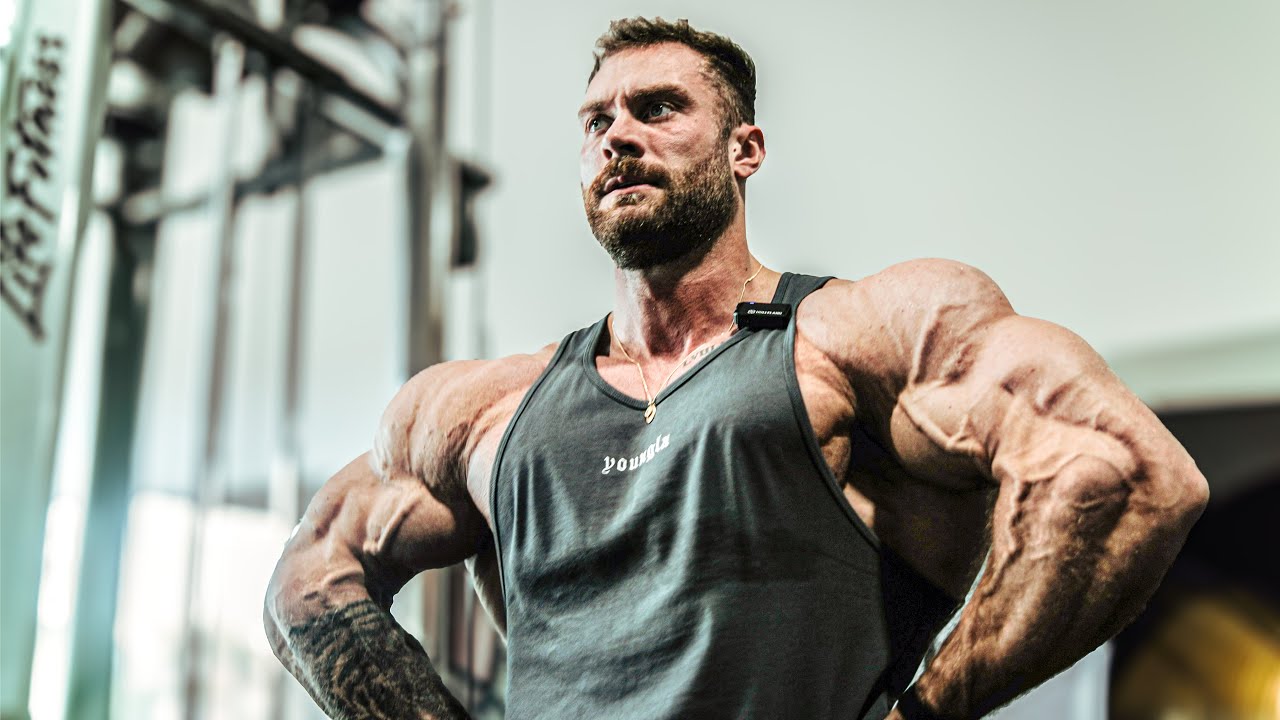

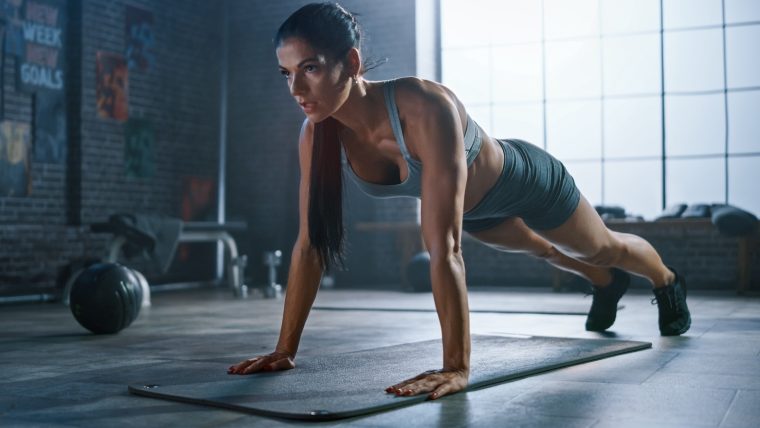
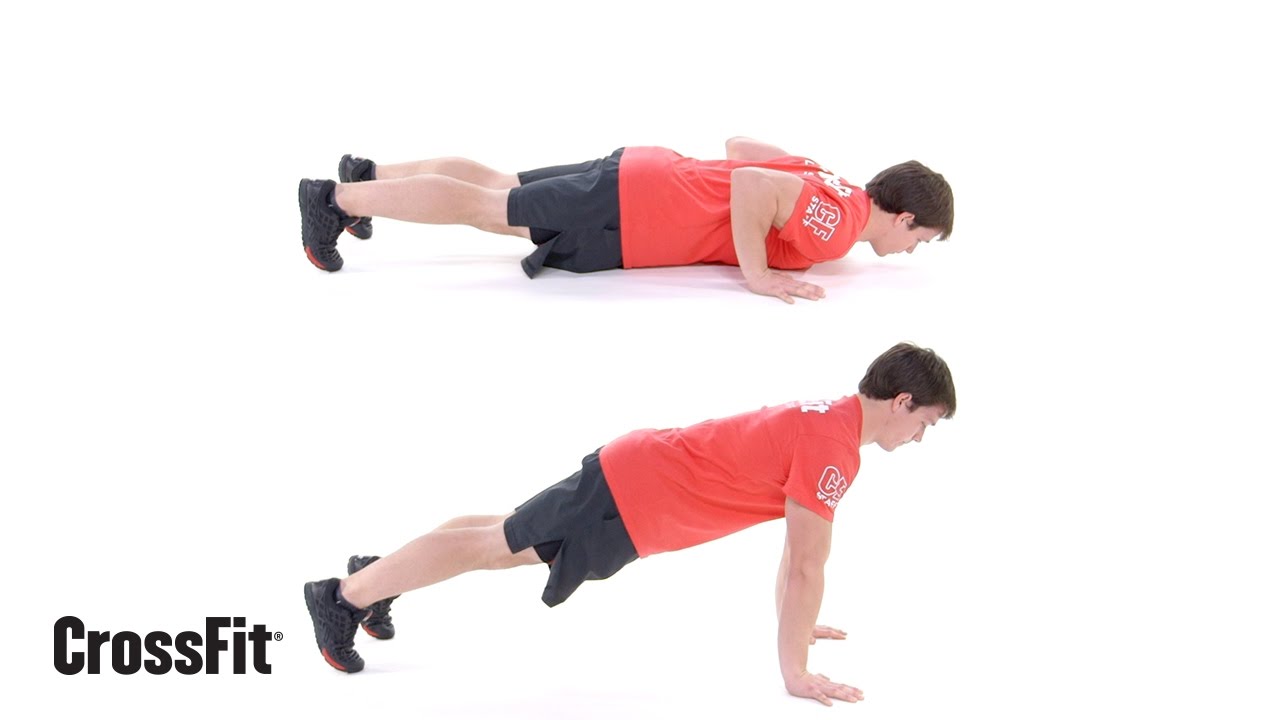
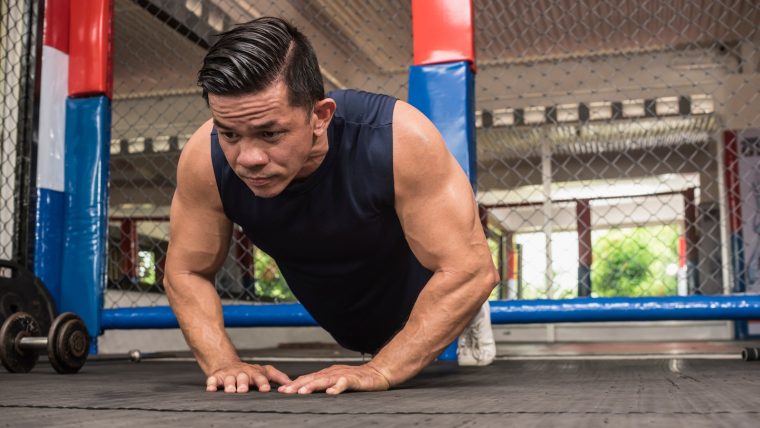
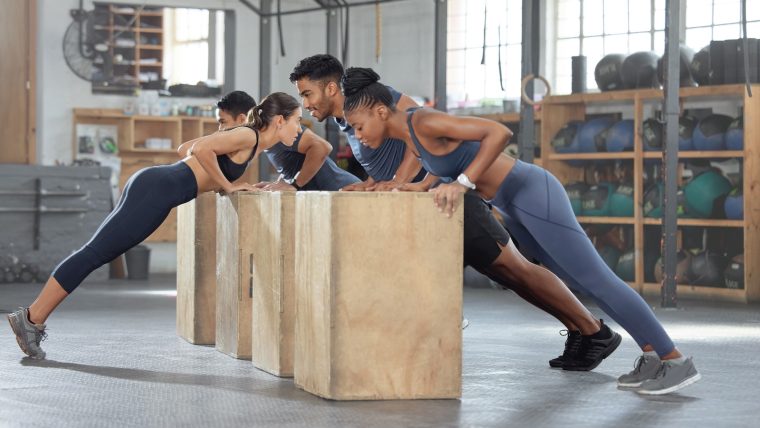
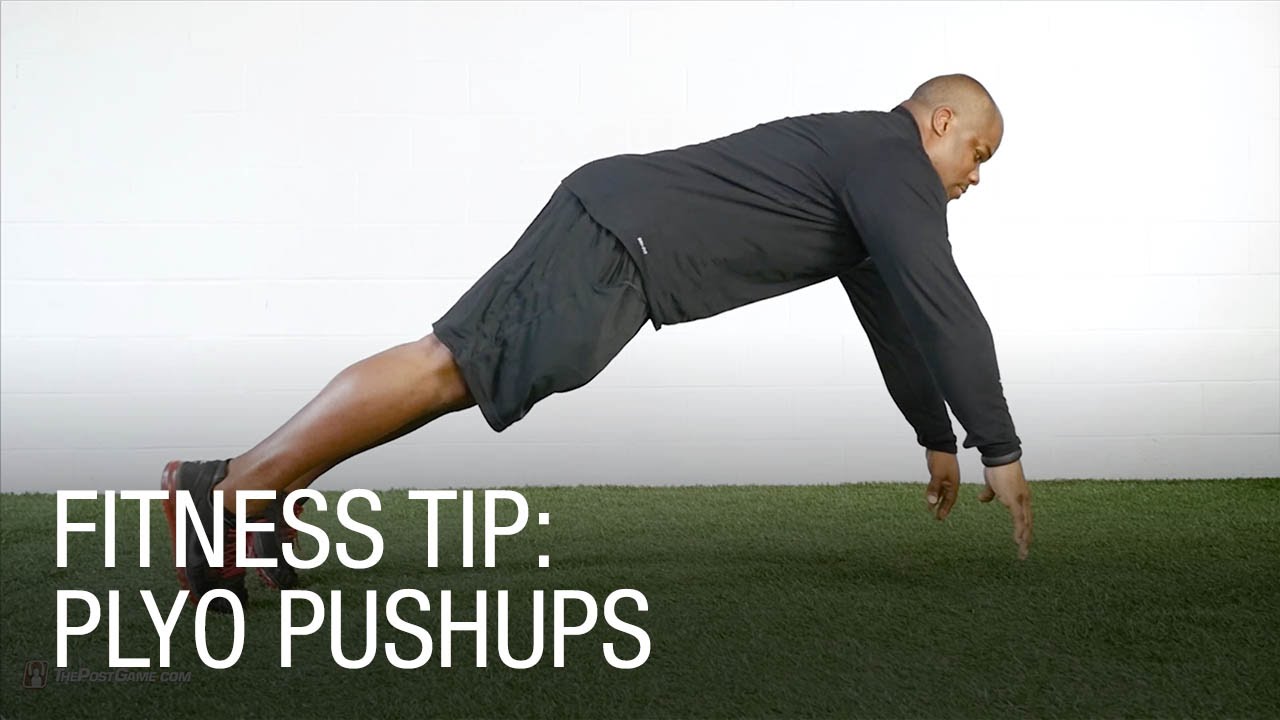

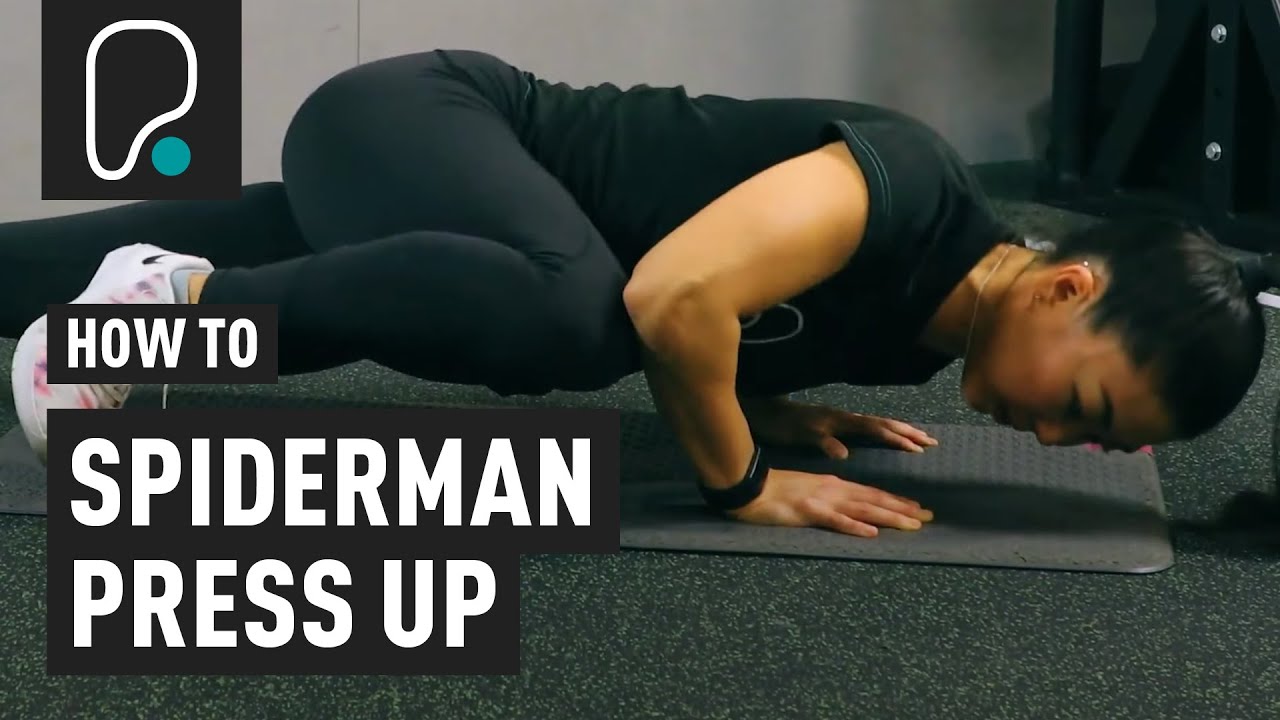
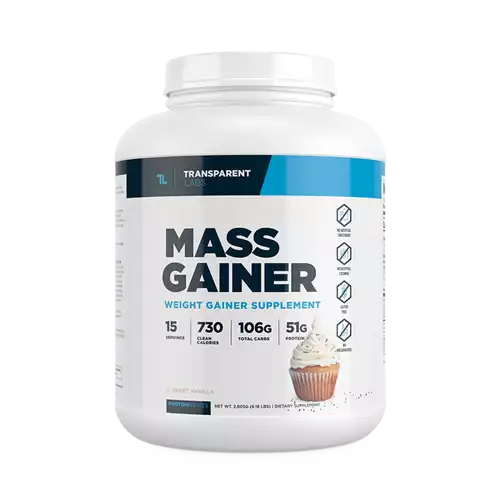
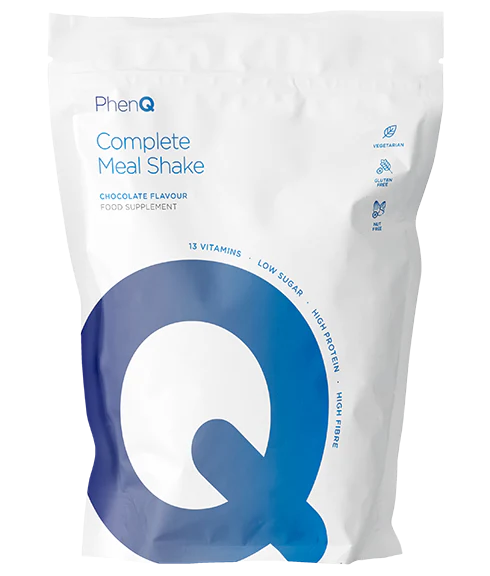

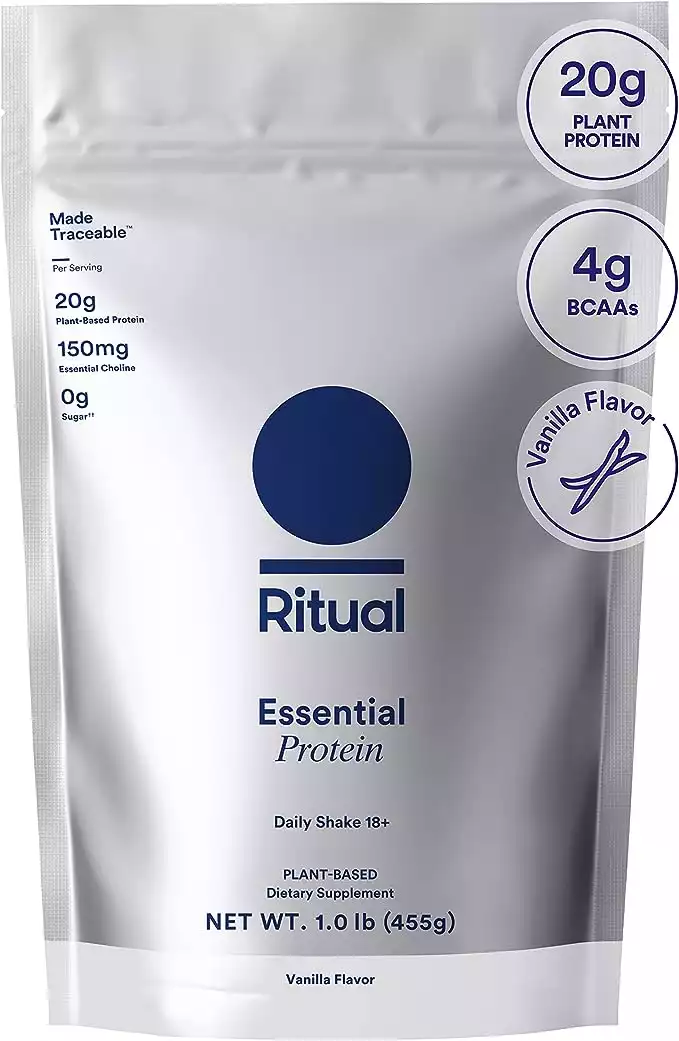
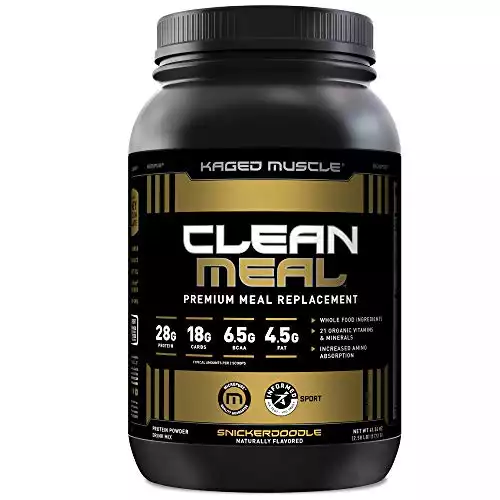
 technology
technology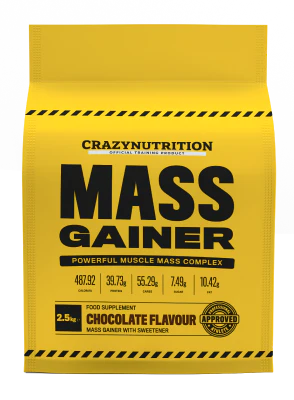

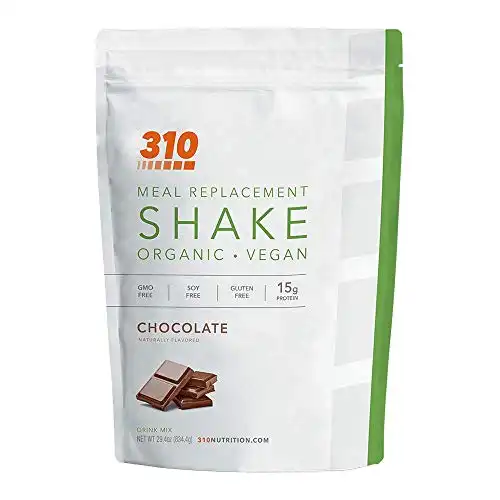
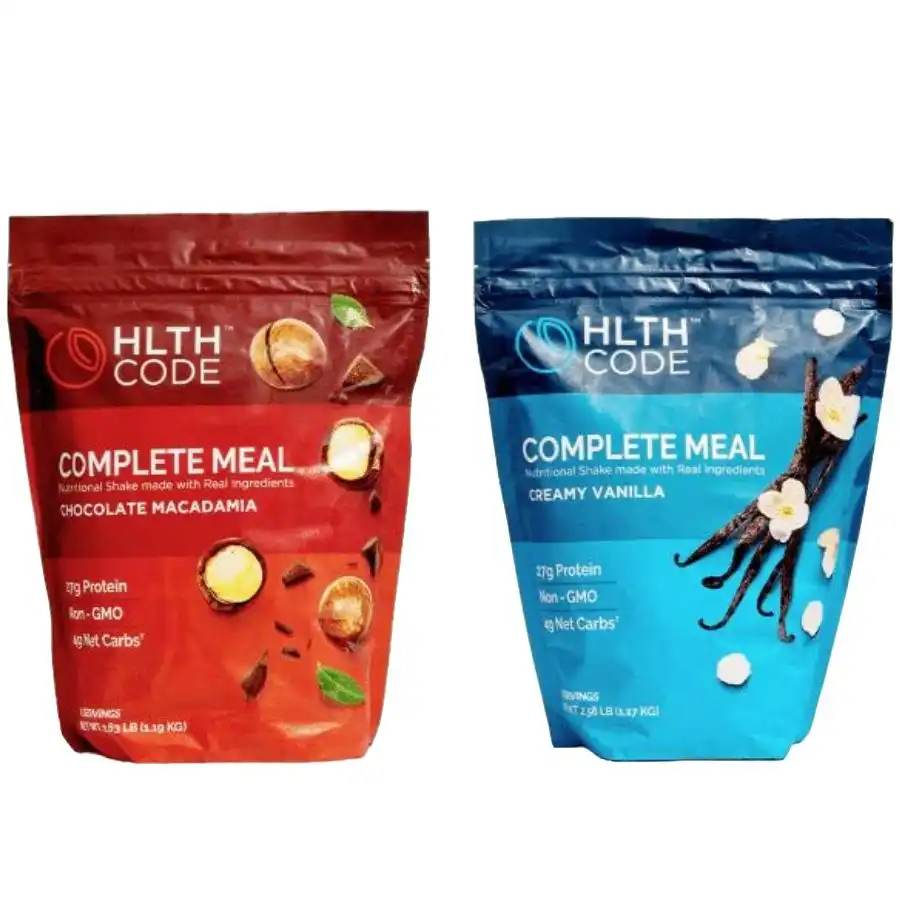
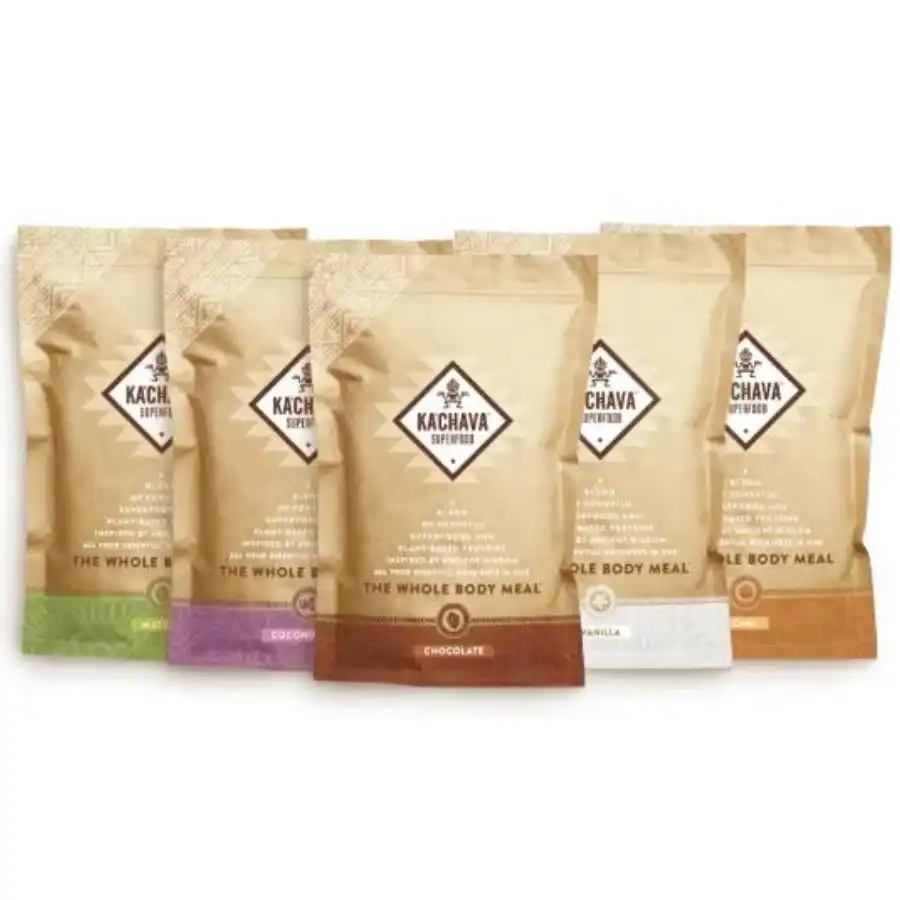



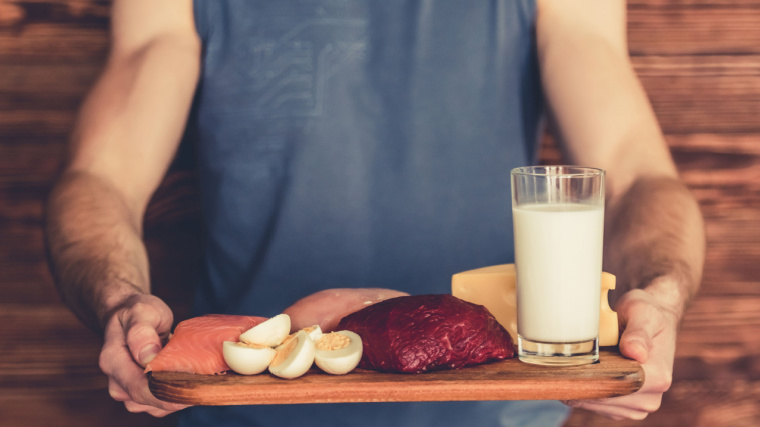




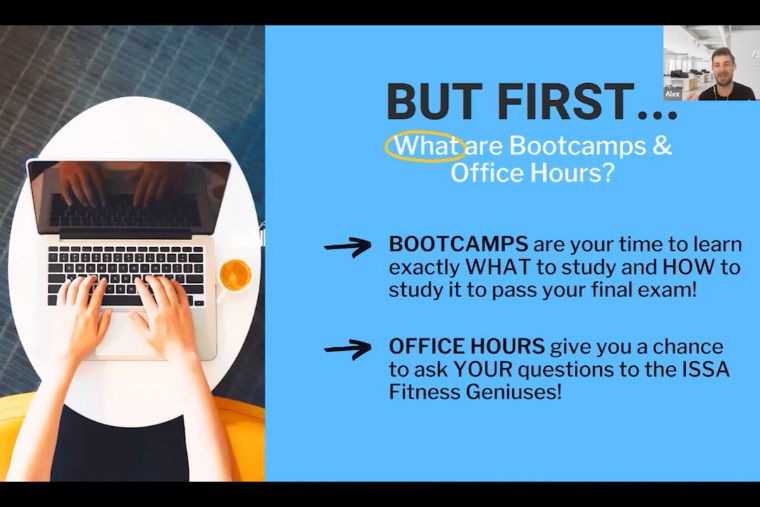





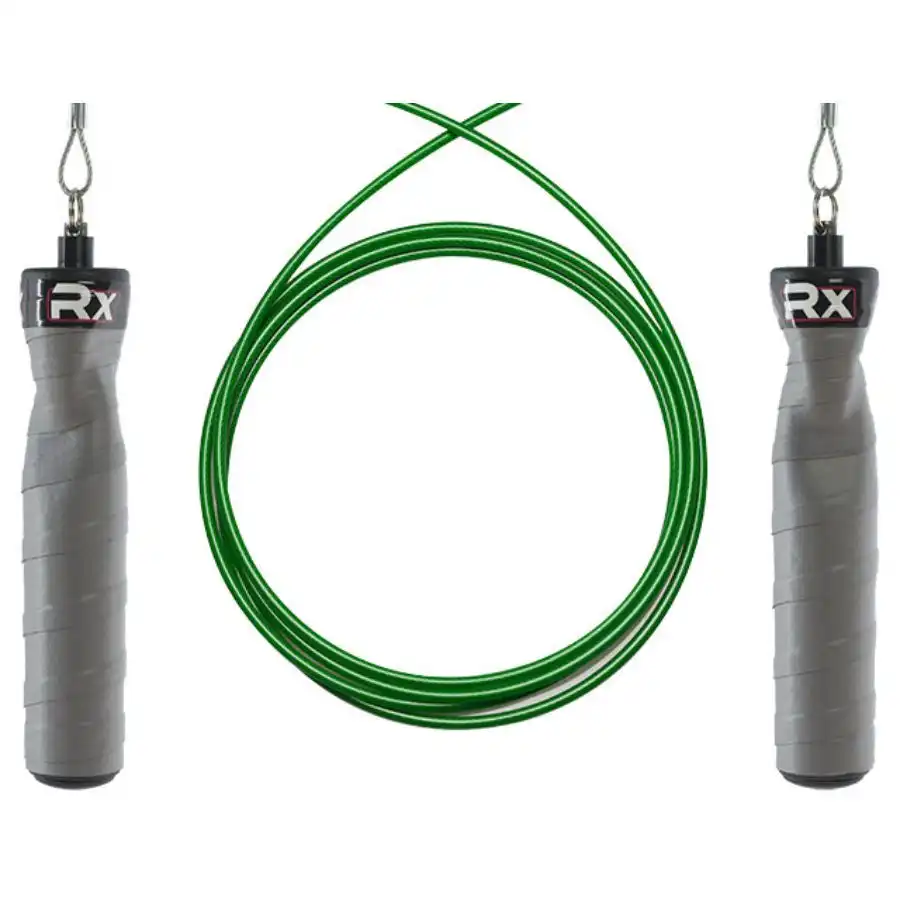
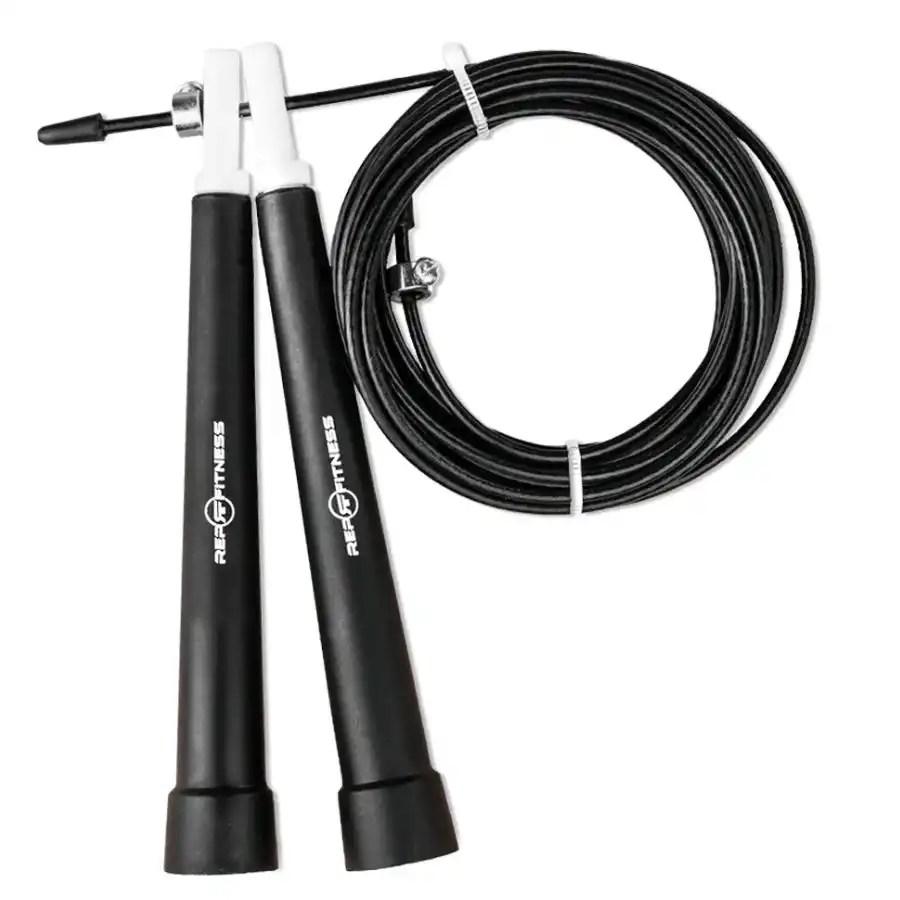
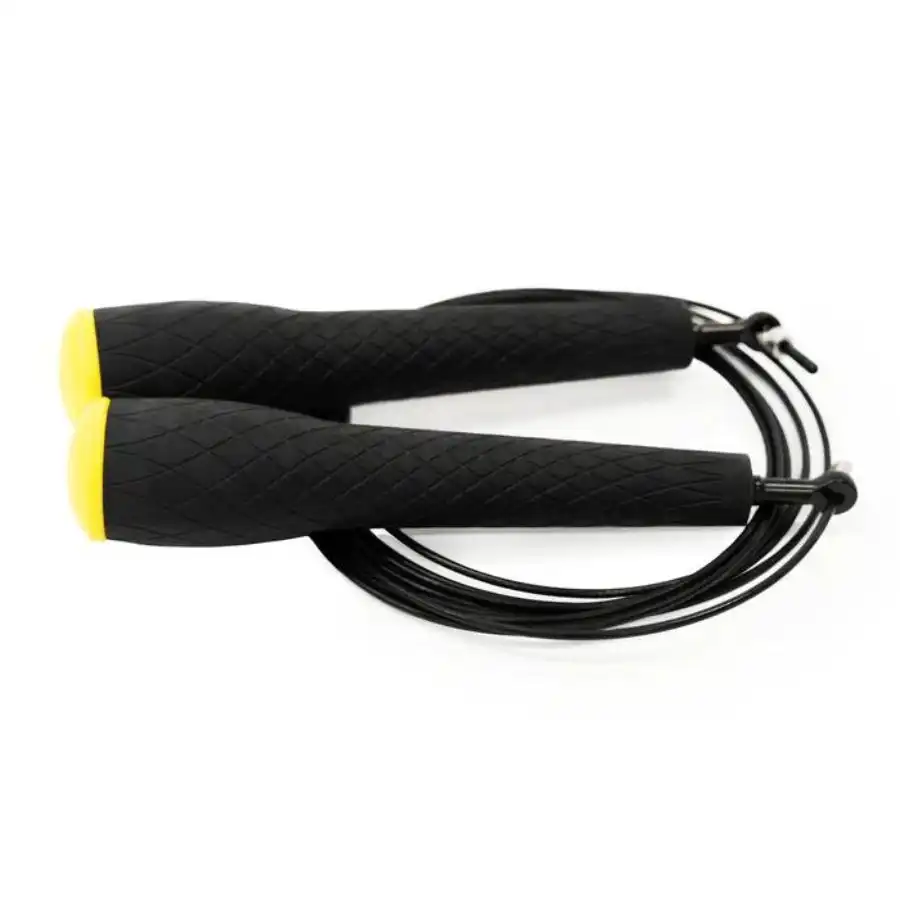
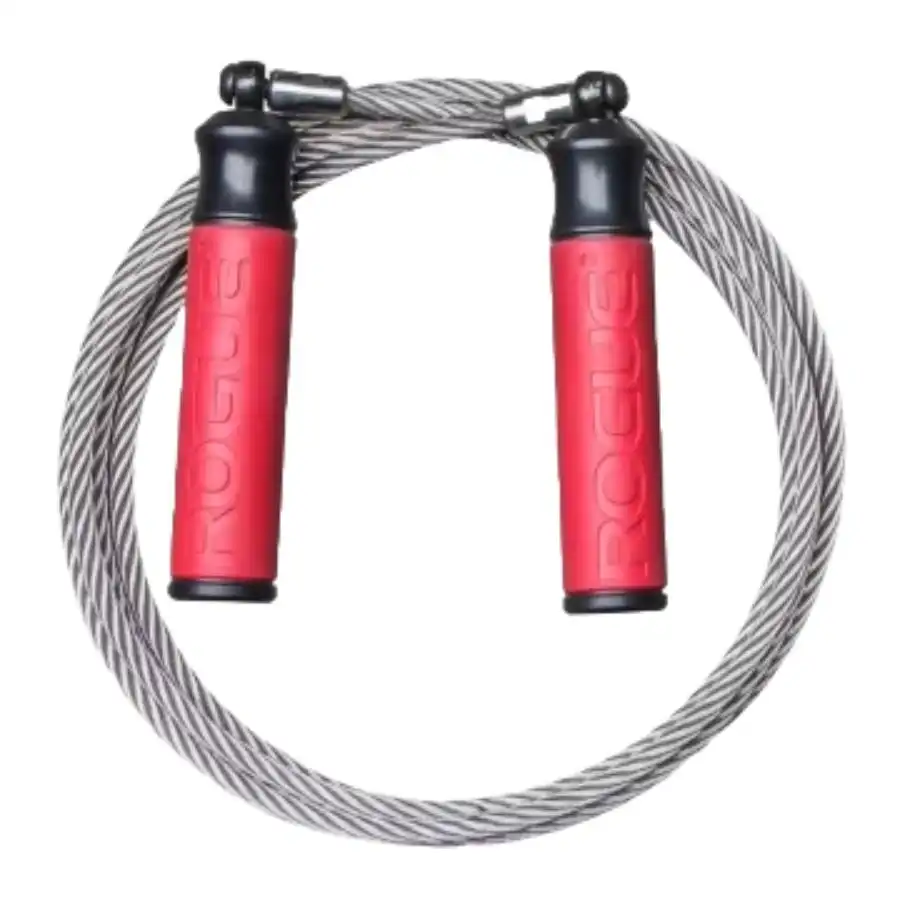
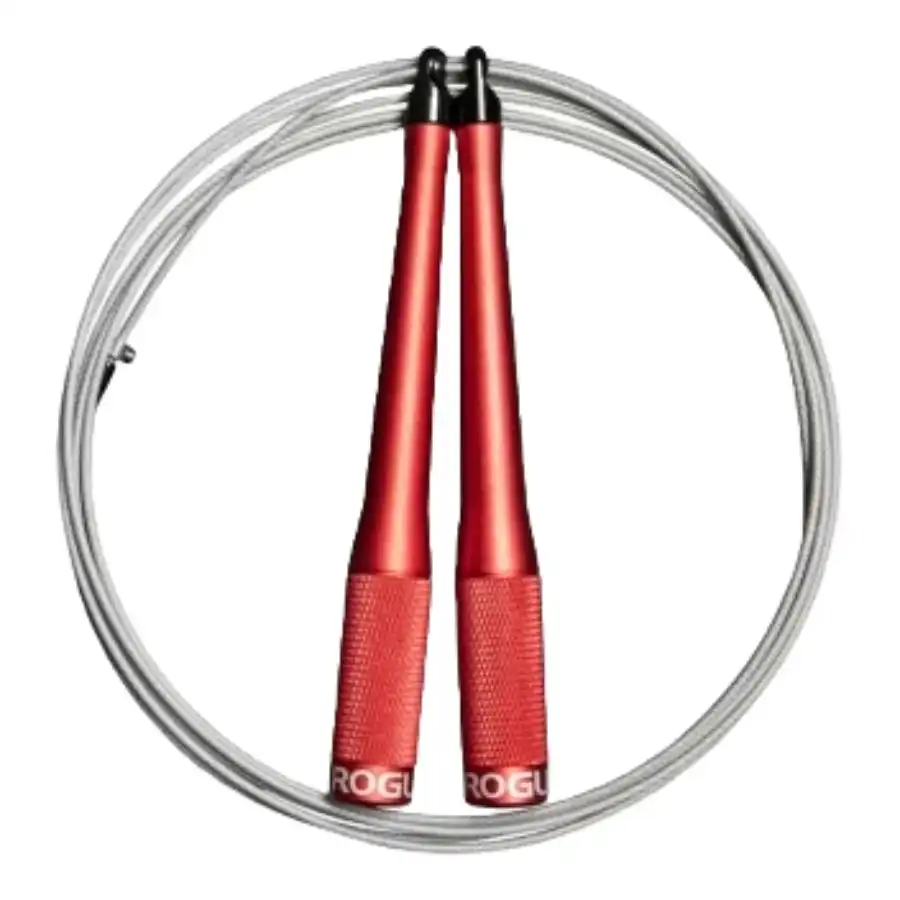

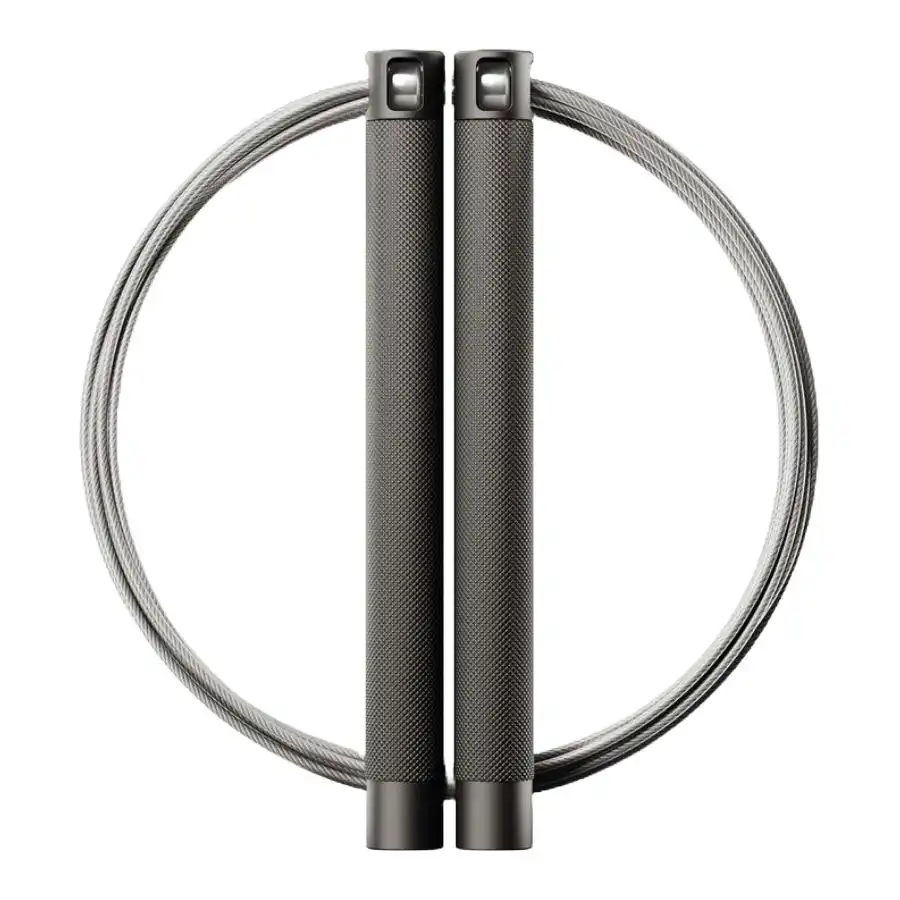
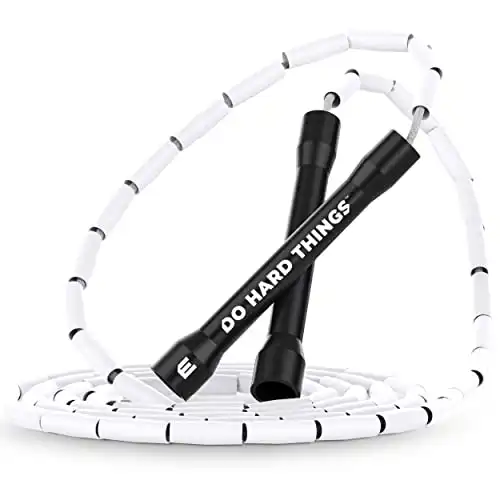
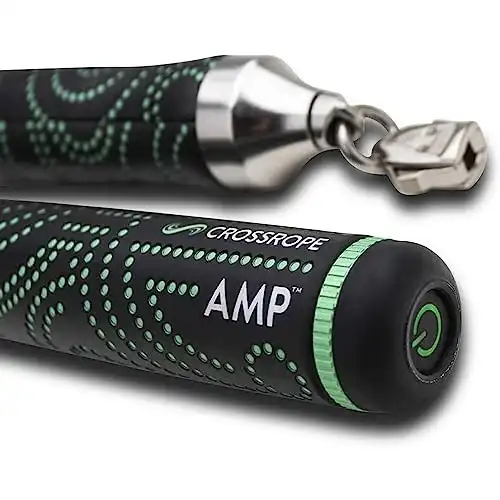

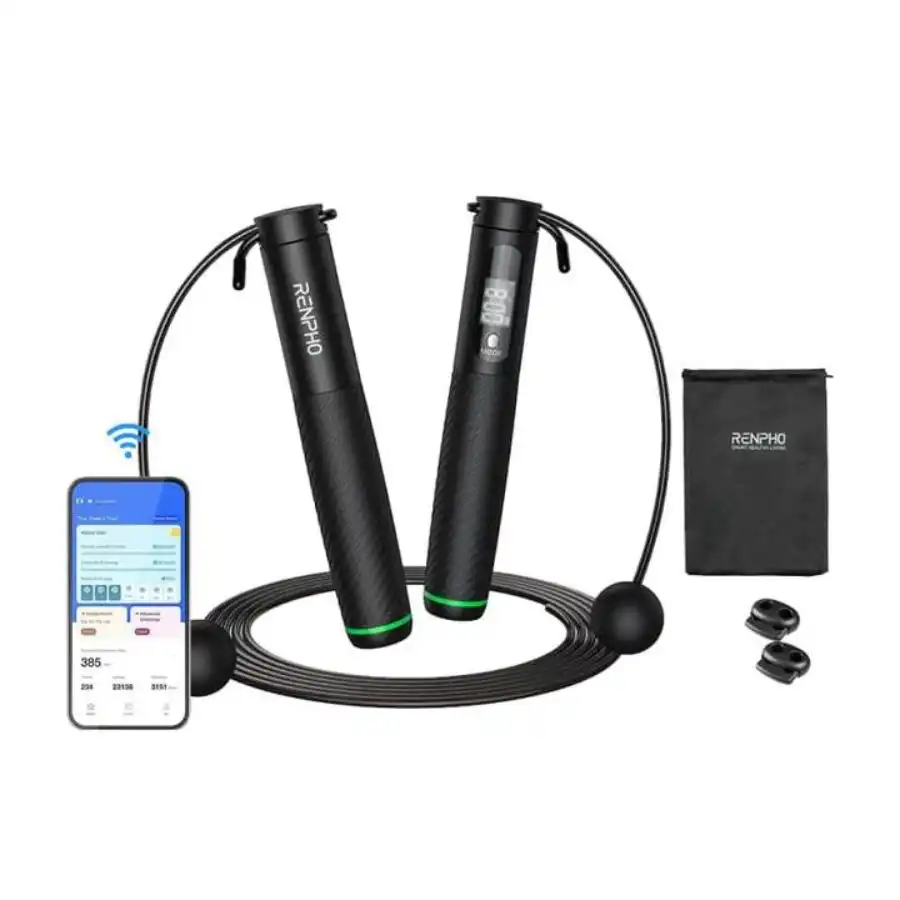
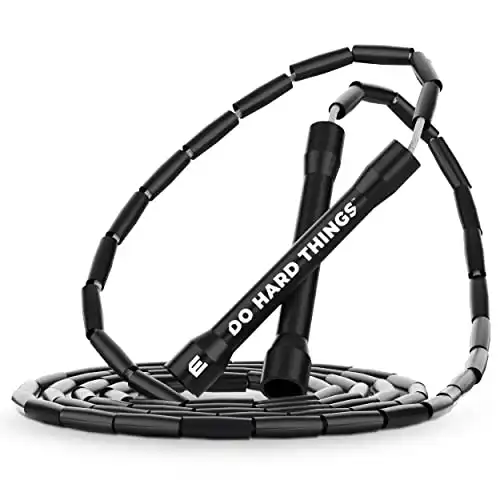
 For now classes are 6pm and 640pm at 2840 Wildwood st in the Boise Cloggers studio.
Book your class NOW!
click this ==>
For now classes are 6pm and 640pm at 2840 Wildwood st in the Boise Cloggers studio.
Book your class NOW!
click this ==>








